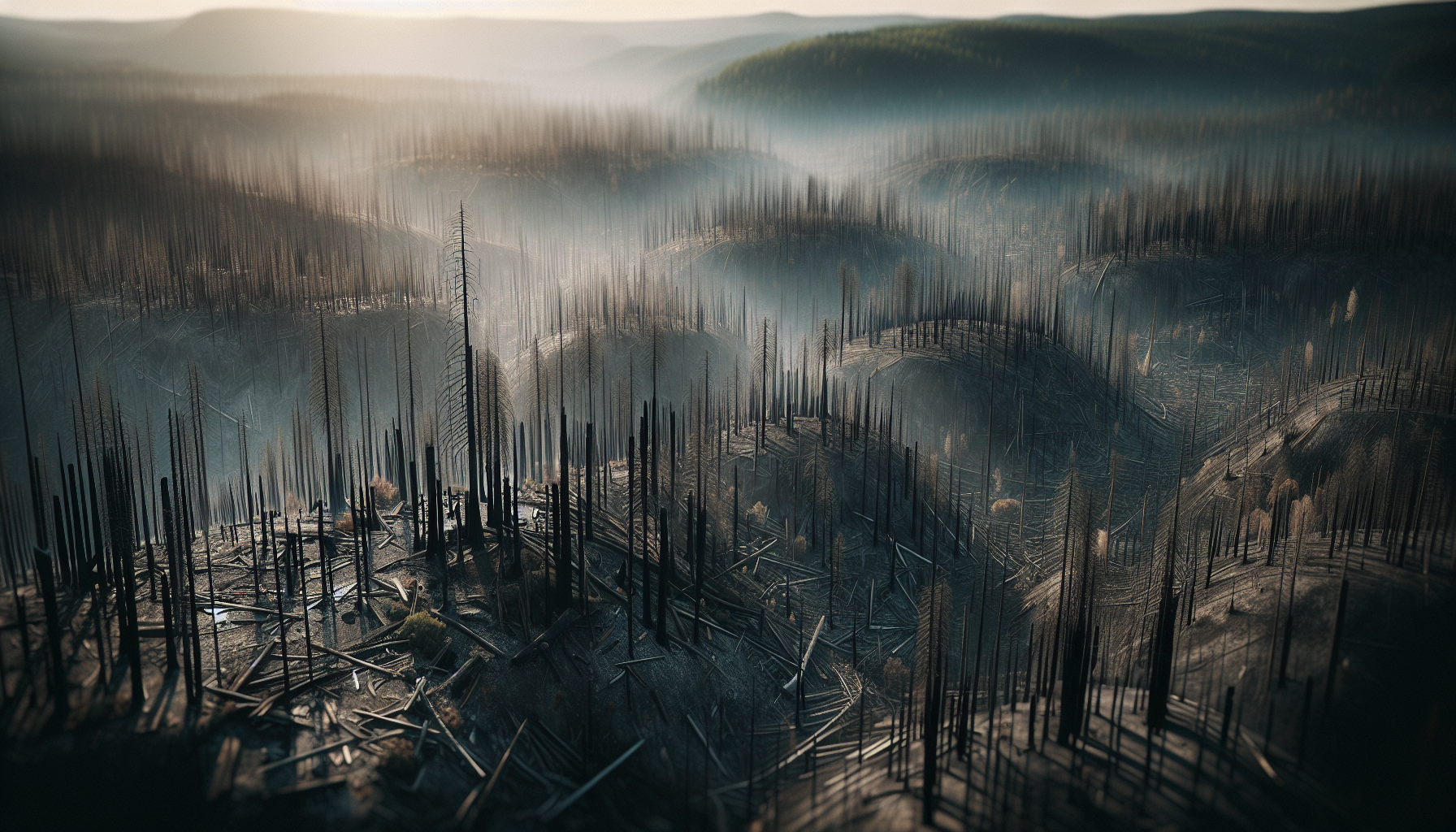Table of Contents
Wildfires and air quality warnings
In recent weeks, northern Ontario has been grappling with severe air quality warnings issued by Environment Canada due to rampant forest fires. However, the effects are not confined to the north; southern Ontario is also feeling the heat, quite literally.
Meteorologists have reported that upper-level smoke from wildfires in Saskatchewan and Manitoba is creating hazy skies across southern Ontario. This phenomenon is not just an aesthetic issue; it has tangible effects on temperature and overall air quality.
The science behind the smoke
According to Global News meteorologist Anthony Farnell, the smoke is primarily originating from fires in Saskatchewan and Manitoba, with additional contributions from northwestern Ontario. The smoke is thickest in the upper atmosphere, which is leading to cooler temperatures than usual.
“Today it’s at its thickest higher up in the atmosphere which is leading to these hazy skies and will likely affect the temperature today,” Farnell explained. This situation is expected to partially clear up soon, but the respite will be short-lived.
A cold front is anticipated to bring in lower-level particulates, further deteriorating air quality.
Community evacuations and ongoing challenges
The wildfires have not only affected air quality but have also led to significant community evacuations. In Saskatchewan alone, there are currently 18 active fires, with a staggering 219 fires reported this year, far exceeding the average of 131.
Over 8,000 people have been evacuated from their homes due to these fires. Manitoba is facing a similar crisis, with more than 17,000 residents forced to leave their homes, including 5,000 from Flin Flon, a town near the Saskatchewan border.
Despite recent rain, it has not been enough to quell the flames, as 25 wildfires were still reported burning in the province.
The long-term outlook
As the summer progresses, the situation may worsen. Meteorologists predict hot, dry weather for the Prairies, which could exacerbate the wildfire situation. The ongoing threat of smoke and air quality issues is likely to persist until significant rainfall occurs in the affected areas. Until then, communities must remain vigilant and prepared for the possibility of further evacuations and health advisories related to air quality.





